Bird news from Nial Moores with Calidris Birding led by Nick Upton. Some of the checklists can be found on eBird.
A short recap of some of the birding highlights enjoyed in generally very mild conditions following on from a long autumn with plenty of irruptive taxa – resulting in a winter with widespread Upland Buzzard, Red Crossbill, rosefinches, Chinese Grosbeaks and Common (and now Arctic) Redpolls.
Our group started at Paldang – with three redpolls overhead and an additional 5-minute wait before the wintering Steller’s Sea Eagle swept in to battle with a White-tailed Eagle. Excellent. Then on to the national arboretum, where we had a fly-over Black Woodpecker as we ate lunch, followed soon after by great views of Eurasian Bullfinches and Pallas’s Rosefinches, latter coming to piles of bird seed. The search for Solitary Snipe is now sadly confined to a very few short stretches of stream, as most of the stream’s length is increasingly disturbed by walkways – now in parts along both sides.

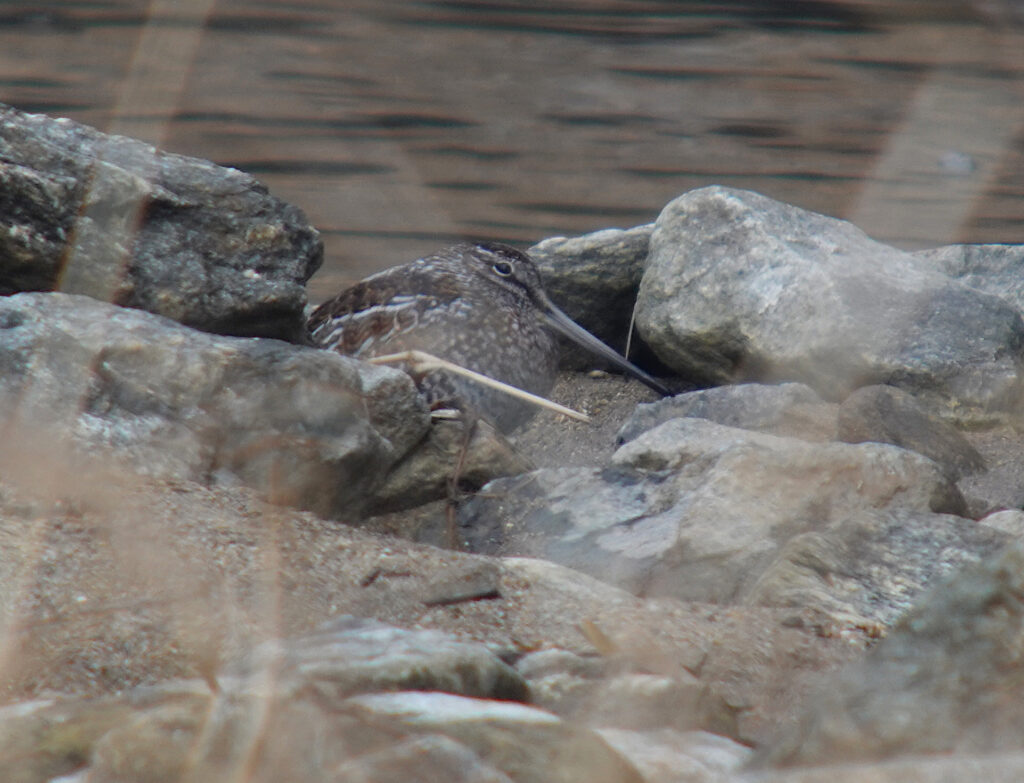
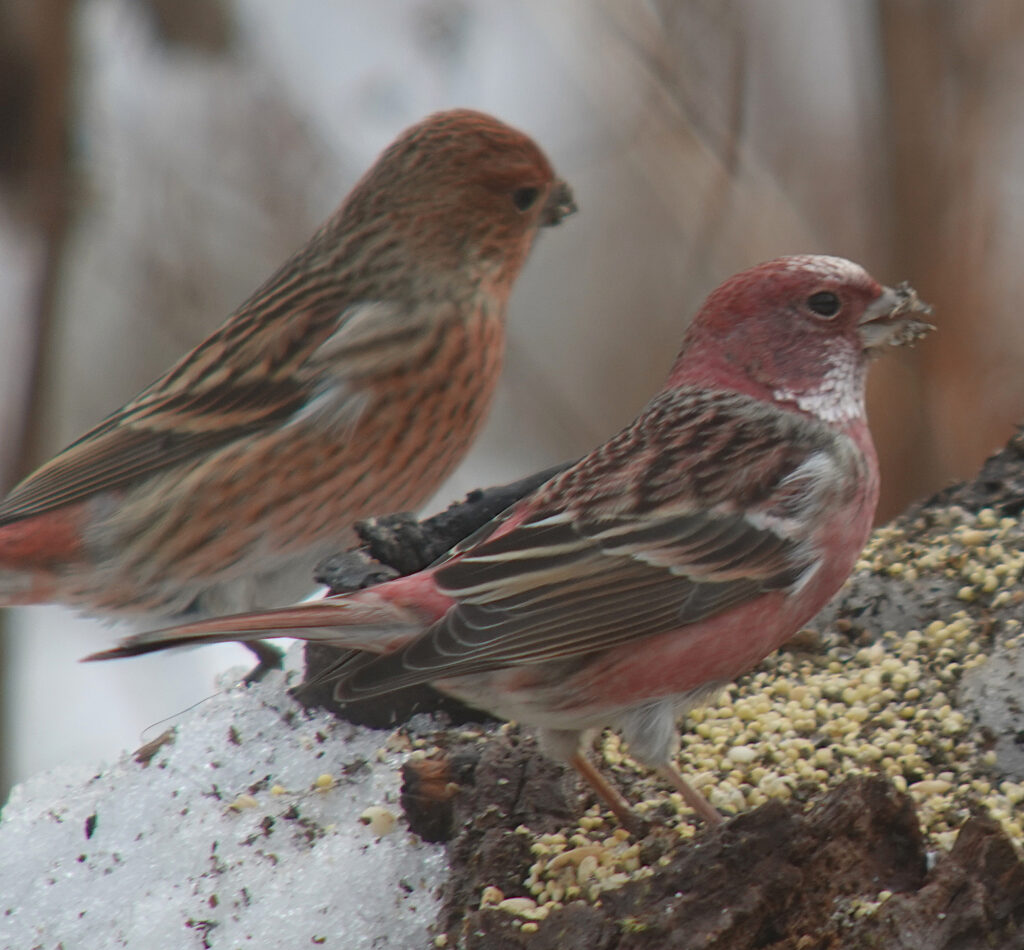
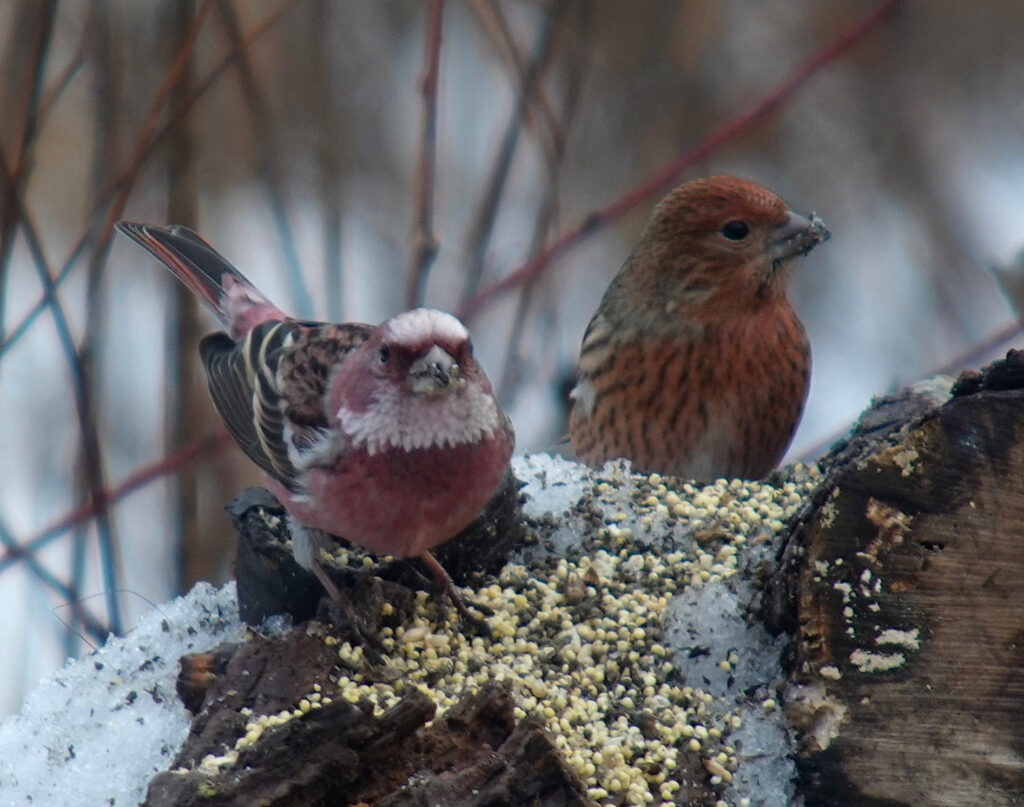
Next up was Cheorwon, assisted by local expert colleagues (including Birds Korea Yeoncheon Director Mr Baek Seung-Kwang and Mr Baek Jong Han), with spectacular views of Red-crowned and White-naped Cranes; our first Baikal Teal; and several landbird specials – Siberian Accentor, Long-tailed Rosefinch, flocks of Rustic Bunting and white-headed Long-tailed Tits. In the afternoon we moved on to Yeoncheon, where highlights included a handful of Hill Pigeon and most especially four stunning Scaly-sided Merganser freshly scouted for us by Birds Korea Yeoncheon’s Ms Lee Su-Young. We then ended the day with a quick visit to the “Spoonbills Project Site” / proposed Jeongok Wetland park, where the day finished with several Long-billed Plover, Japanese Wagtail and Meadow Buntings, and with the site overflown by (yet) a(nother) White-tailed Eagle.




The third day started with a walk in hill-forest in search of Hazel Grouse – a major challenge considering the crunch of ice-crusted snow that covered the track. We heard a couple of birds vocalizing, and saw one (I had views of a male on the ground; others saw the same bird in flight). An additional highlight was three Japanese Grosbeak sitting high up, first picked up by Lee. This is only our second record in Yeoncheon. We then drove all the way to the east coast, ending the day with our first Harlequin Ducks and Glaucous Gulls.
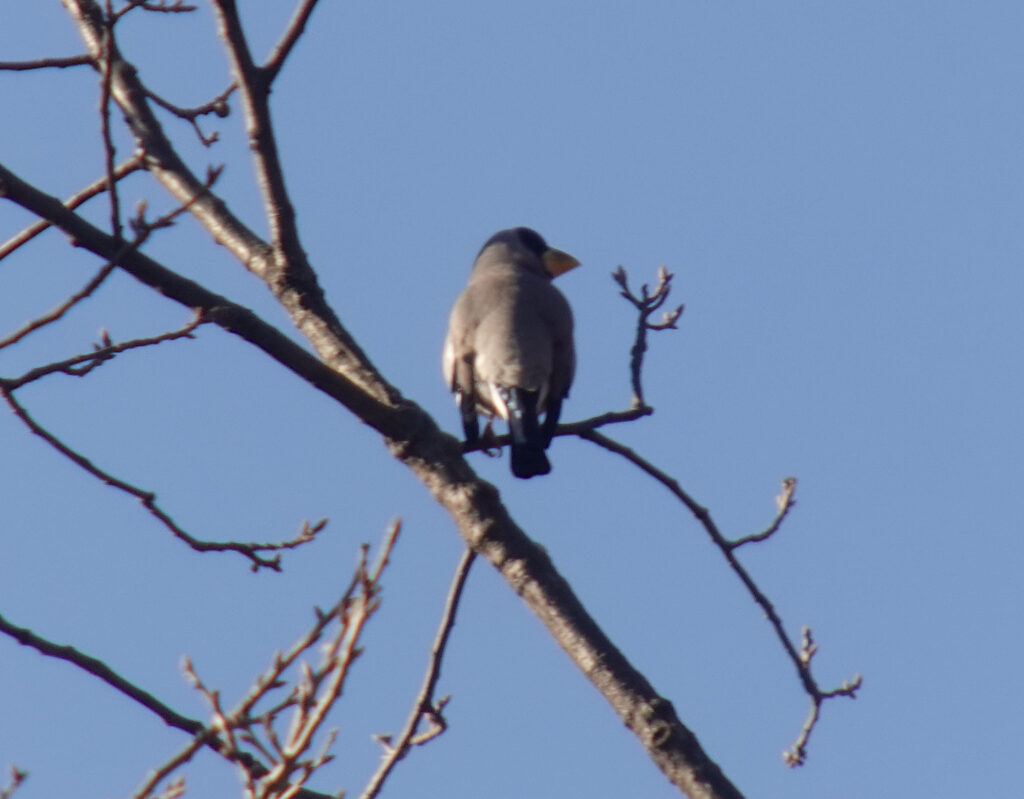
Wave heights off the Goseong coast remained above 1m, rendering a boat trip too risky to take for a group of this size. In otherwise beautiful weather we instead visited a wintering Chinese Grey Shrike (first found in early December by Dr Ha Jungmoon , Dr Bernhard Seliger and Ms Baek Minjae), finding two there; and birded along the coast – with outstanding highlight a Yellow-billed Loon in Daejin harbour, with additional “support” in the form of a Glaucous-winged Gull, and distant Spectacled Guillemot and Common Murre. In addition, we also found a Harbour Seal (common in the DPRK, rare in the ROK and I think perhaps my first ROK mammal tick in several years?).

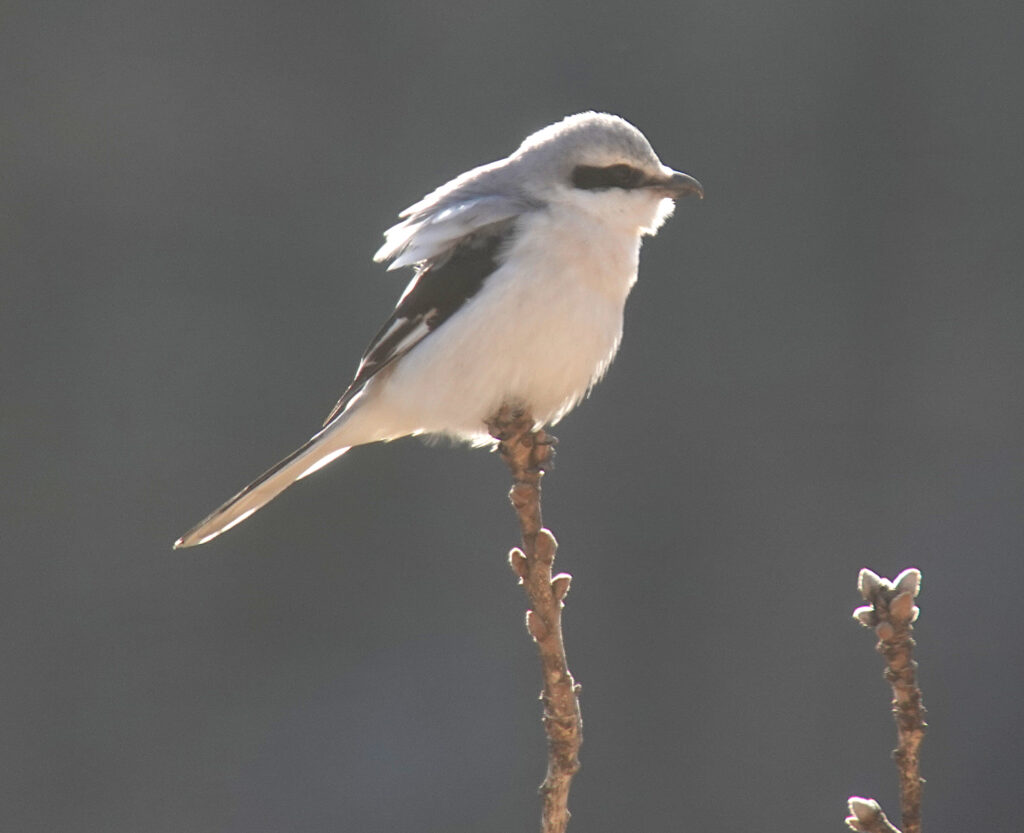

Day five included a short stop in Gangneung before an icy drive up to the Asian Rosyfinch site – where 165 were seen in flight and I heard another redpoll. The drive from there to Uljin produced several Brown Dipper along the river – the only ones seen this trip.
The following morning started in Pohang with a small (and dwindling-in-number) group of Russet Sparrow, and our first Light-vented Bulbuls, White-cheeked Starlings and Blue Rock Thrush of the trip – marking that distinctive shift in the avifauna found mostly in the milder southeast (and on Jeju). A drive along the river near Gyeongju was less successful than back in late December, but was still productive – with our first Falcated Ducks and flocks of Chinese Grosbeaks and Buff-bellied Pipits. The day ended a little disappointingly – waiting unsuccessfully for a Relict Gull. However, even then, we found our first Swan Geese and Saunders’s Gull of the trip, along with several Black Kite and Hen Harrier.
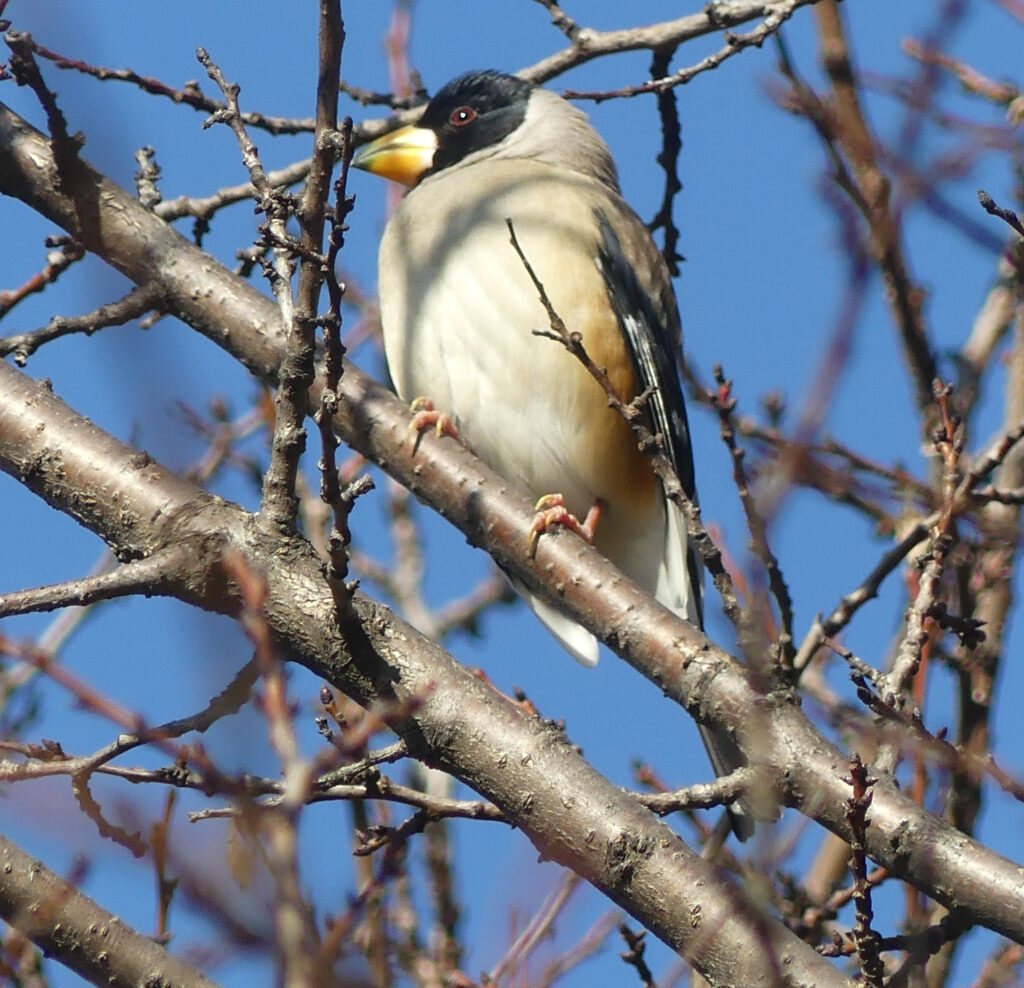
January 10th was a day of quality – with only short drives, good weather and some great birds. We started at the Junam reservoirs where the wide diversity of species included 435 White-naped and two Common Cranes, stunning looks at Taiga Bean Geese and views of a distant adult-type Eastern Imperial Eagle. We also enjoyed several Dusky and Naumann’s Thrushes and I had flight views of what was very likely an adult male Red-throated…The afternoon was then spent back at the Nakdong, with first a flock of Yellow-bellied Tits, followed by good, sustained looks at an adult and a young Steller’s Sea Eagle and additional quality in the form of a very distant (but still recognizable) second-winter Relict Gull and two Pied Avocet.


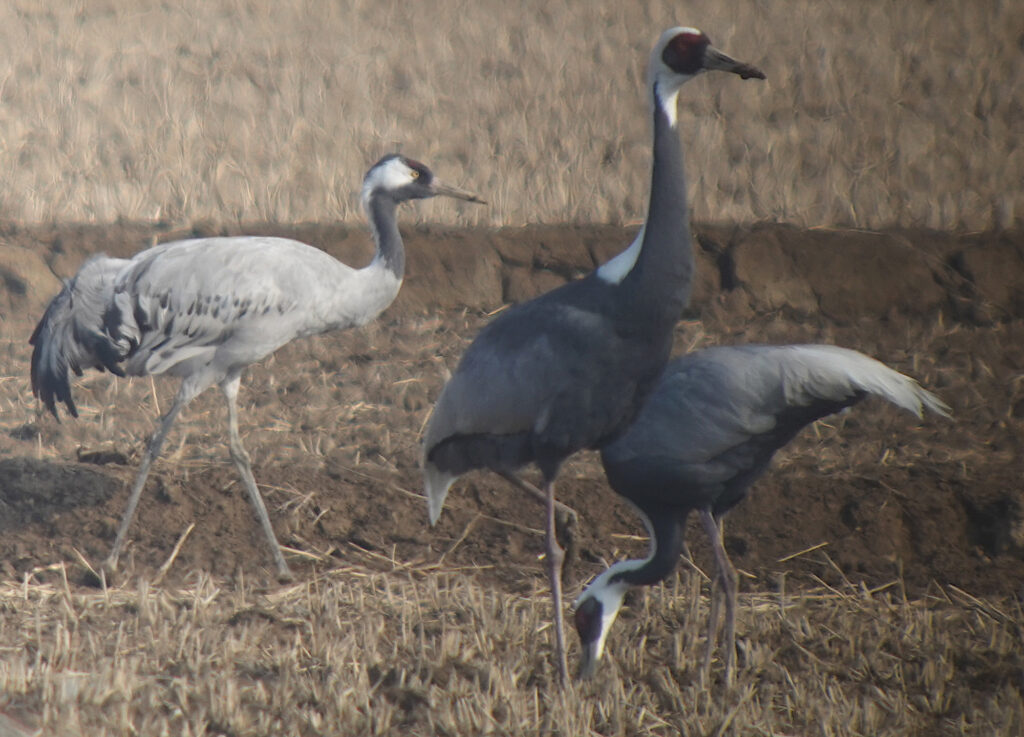


The next day, we were on the road again, enjoying first good looks at Scaly-sided Merganser and three River Otter, before enjoying the Hooded Crane spectacle at Suncheon Bay (3,200 counted in one scan…). Other species of note there included a Bluethroat (again first spotted by Lee), 3-4 Upland and a single Rough-legged Buzzard and a very skulking Chestnut-eared Bunting.

January 12th was a truly remarkable day – starting slowly with four Daurian Jackdaw, then a small flock of Red Crossbills, then hundreds of Saunders’s Gulls, fantastic views of a First-winter Relict Gull and peaking with THE Baikal Teal spectacle. In beautifully calm weather, we were able to walk up to the river bank and observe hundreds of thousands as they rested, at closest only 50m or so from the river bank. This was not the time to try to conduct a robust count of the Baikals – however, a series of quick counts (first in thousands and then in 100,000s) resulted in a coarse estimate of 800,000….This species, highlighted by the Birds Korea logo, has had a really checkered history – historically abundant; hunted to near-extinction; building up from a low of 40,000 or less to a high of 1.2 million wintering in the ROK (thanks to tidal flat reclamation which created huge safe rice-field areas); followed by a crash back down to 300,000 or so; followed now by what appears to be another massive explosion in number. In addition to this Korean flock and birds at multiple sites, this winter also saw record-breaking numbers for recent decades in Japan – with a flock of up to 150,000 in Honshu and of 250,000 (?) reported in Kyushu. How about in China this winter?
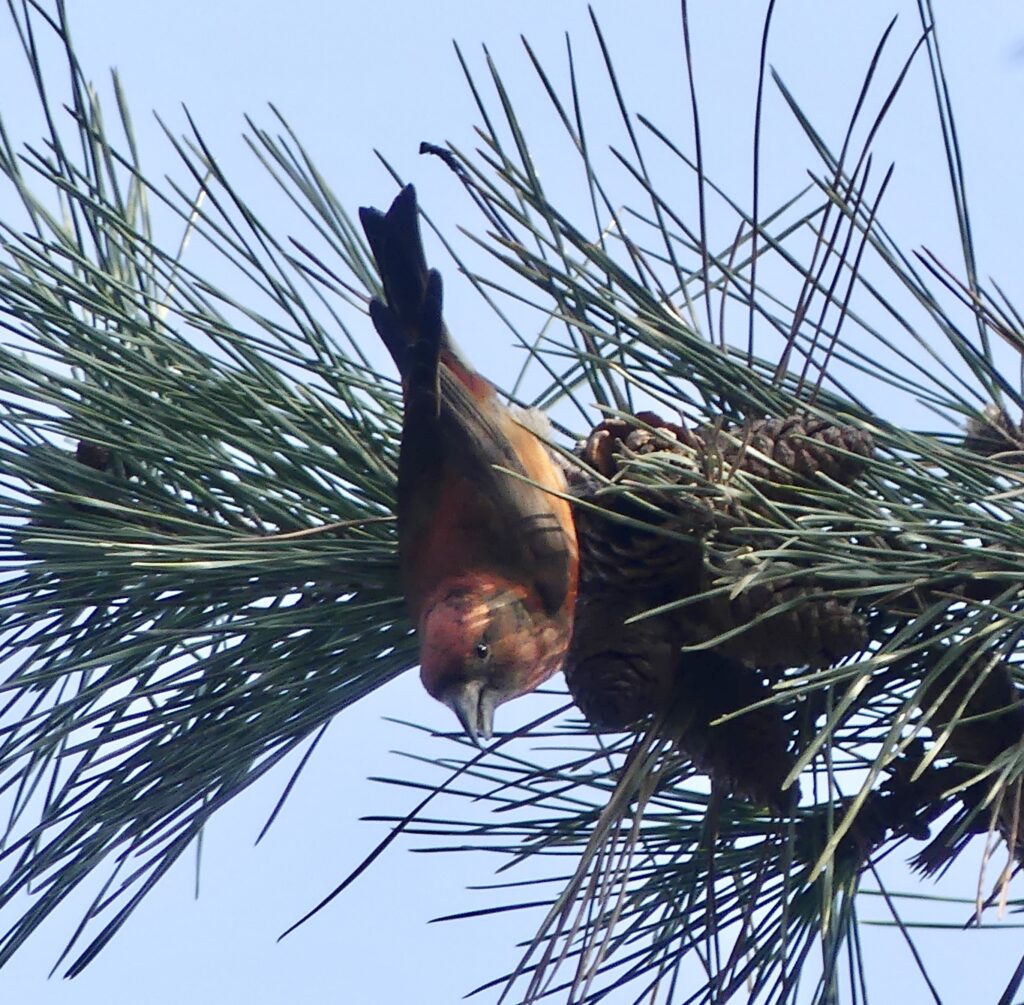

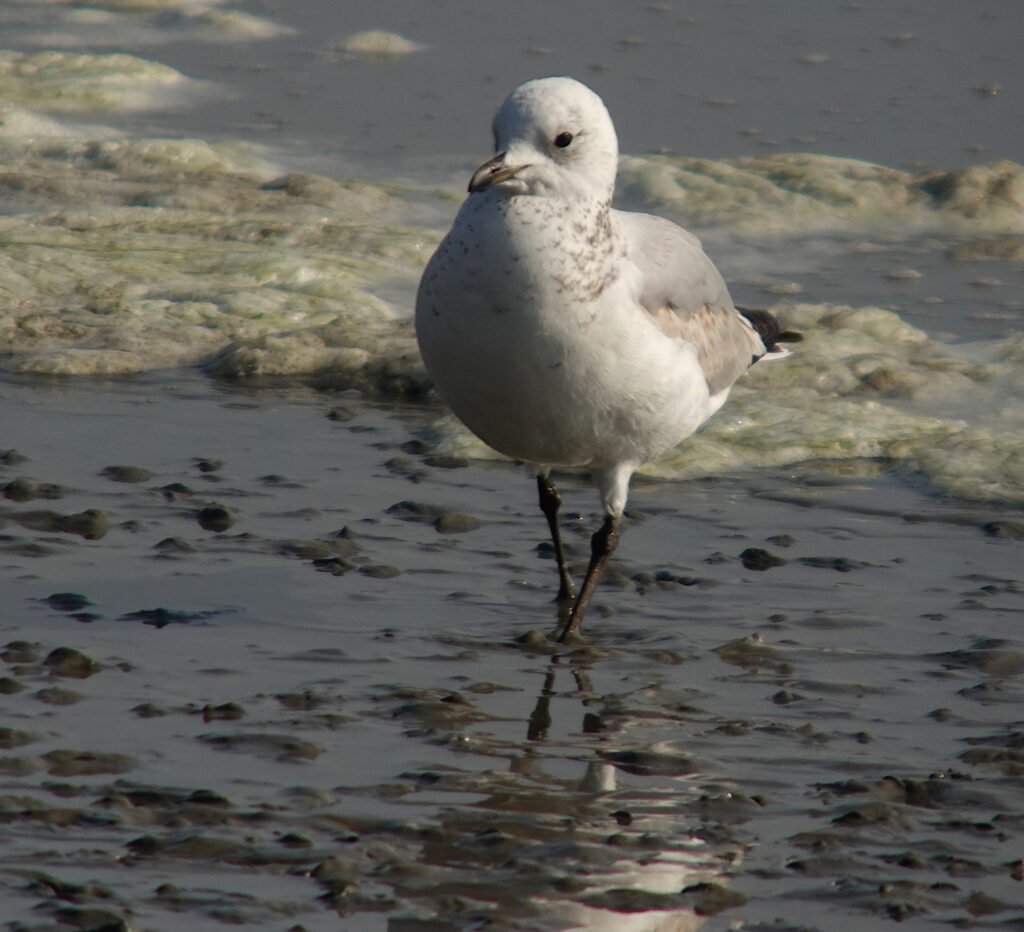




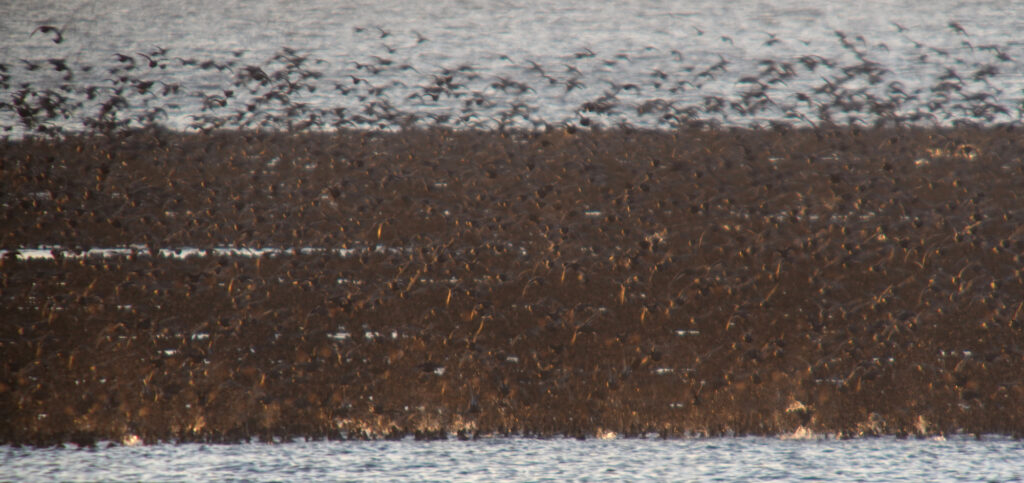
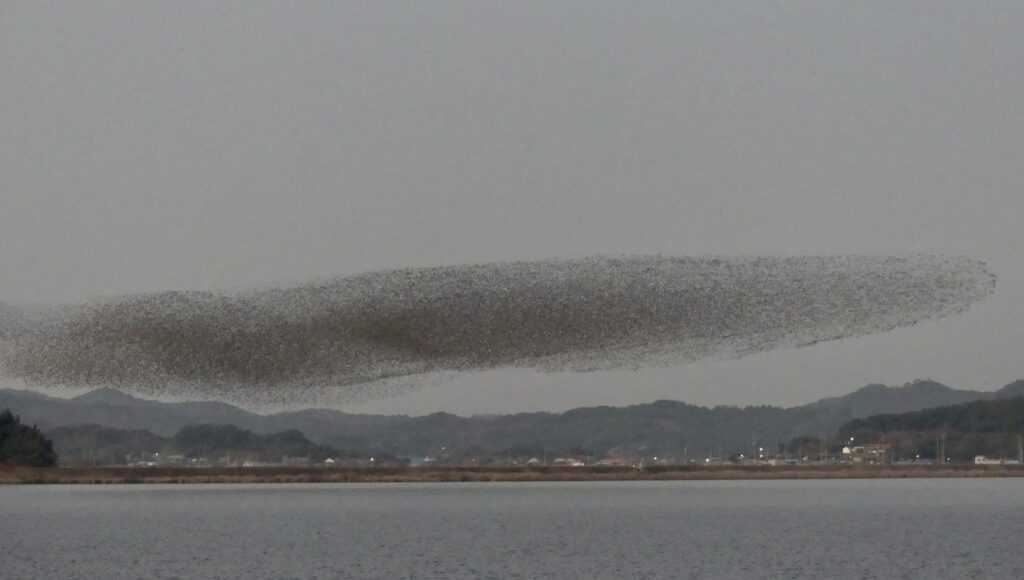
© Nial Moores: part of the flock forming a beautiful “sky whale” as they decided which way to head for the night…
Next up, after some limited success in woodland in Gunsan (Japanese Bush Warbler being best), was Seosan – where we enjoyed good views of up to 15 Oriental Stork – the last of our main targets – and a bonus Long-eared Owl (thanks to Birds Koreans Prof. Todd Hull and Ms Sharon Surrette for the up-to-date gen on both), along with more Hooded Crane and our first and only Chinese Penduline Tits.
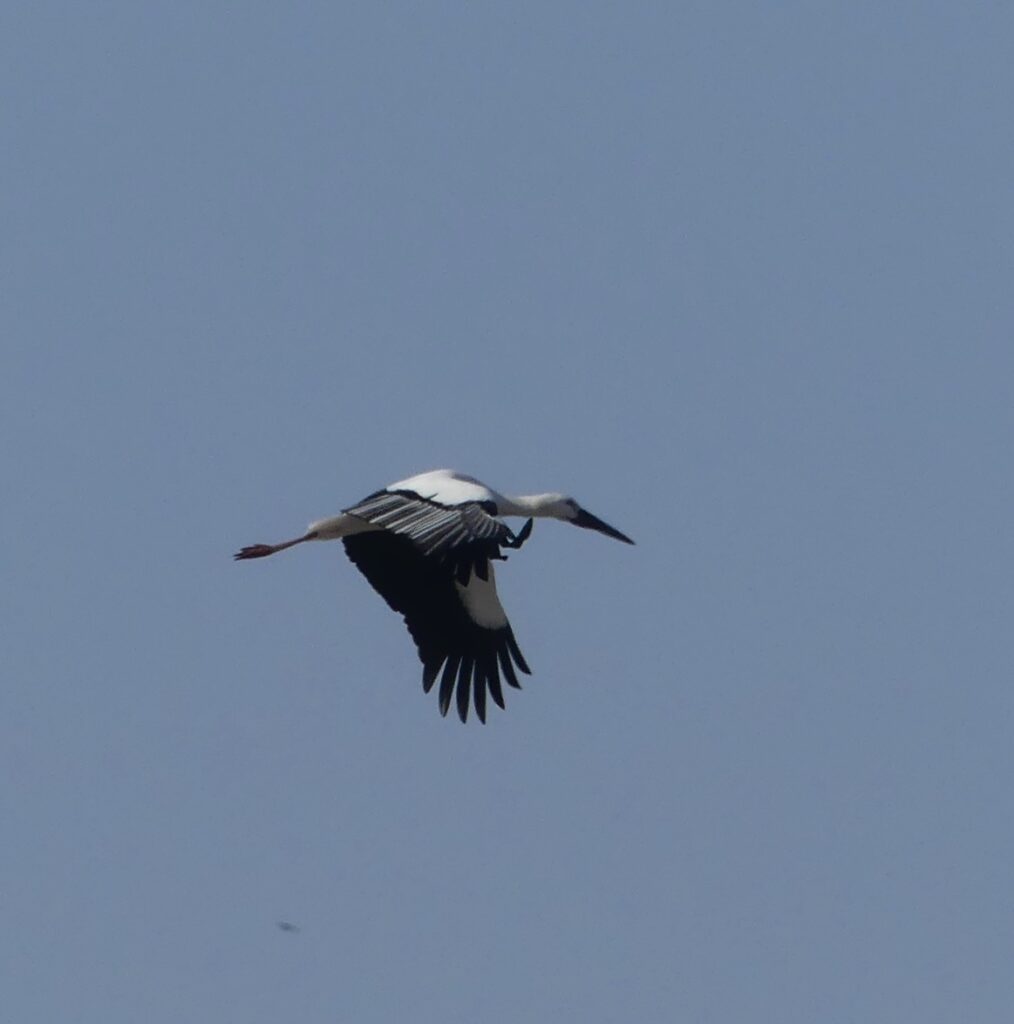

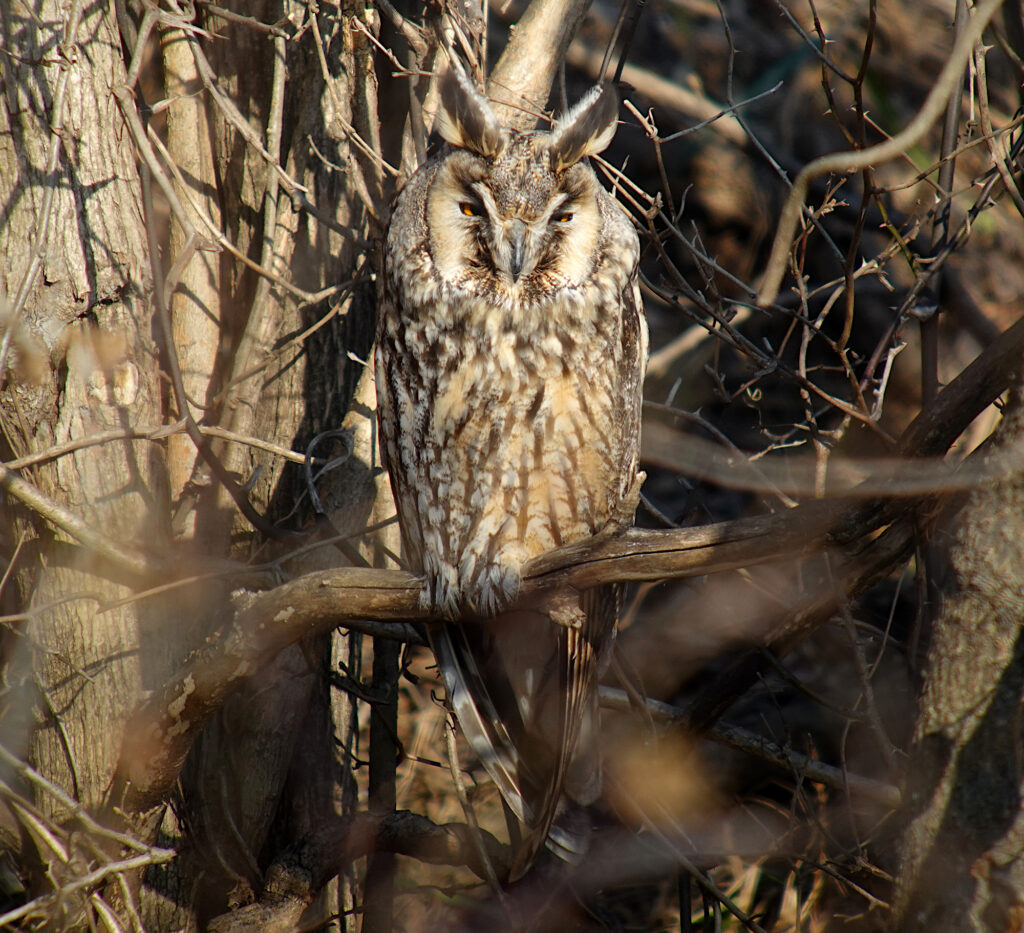
The last day, the 14th, was our first with rain. An hour or so in Namhasenseong produced excellent views of two White-backed Woodpecker, more Chinese Grosbeak flocks and a distant-calling Hazel Grouse. En route back to Incheon we stopped off in a bird-rich park (site of Korea’s first adequately-documented Fieldfare acouple of years back) in the hope of recently-seen Japanese Waxwings. However, we were unsuccessful – although we enjoyed more great views of Eurasian Treecreepers, a thrush which looked good for a First-winter Red-throated and I heard a calling Chinese Nuthatch (my 167th or so species of 2024).

Thanks again to Nick Upton, Lee and the group for coming to Korea, Duncan Dine for sharing his images, and to all the birders and bird conservationists who supported our visit. The birding here really is outstanding – both in winter and at other seasons! In addition, several of the species which I used to think of as difficult to find when I co-led the very first birding tour back in 2001, are now – in spite of so much habitat loss – rather easier to see, thanks to a combination of conservation measures at a few sites, the growing number of birders willing to share records, and the greatly-improved infrastructure. An obvious additional plus is that if you come with Calidris or through / with Birds Korea, you are also directly supporting the conservation of birds and their habitats…
